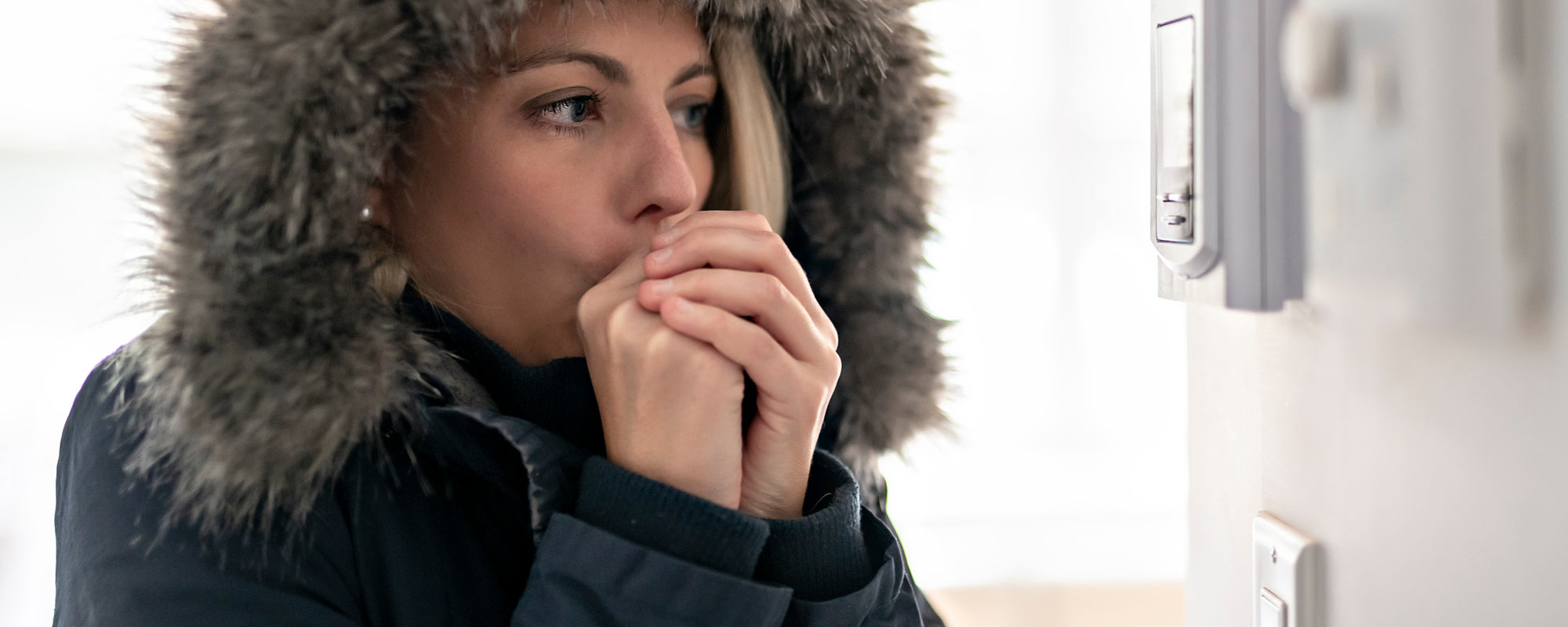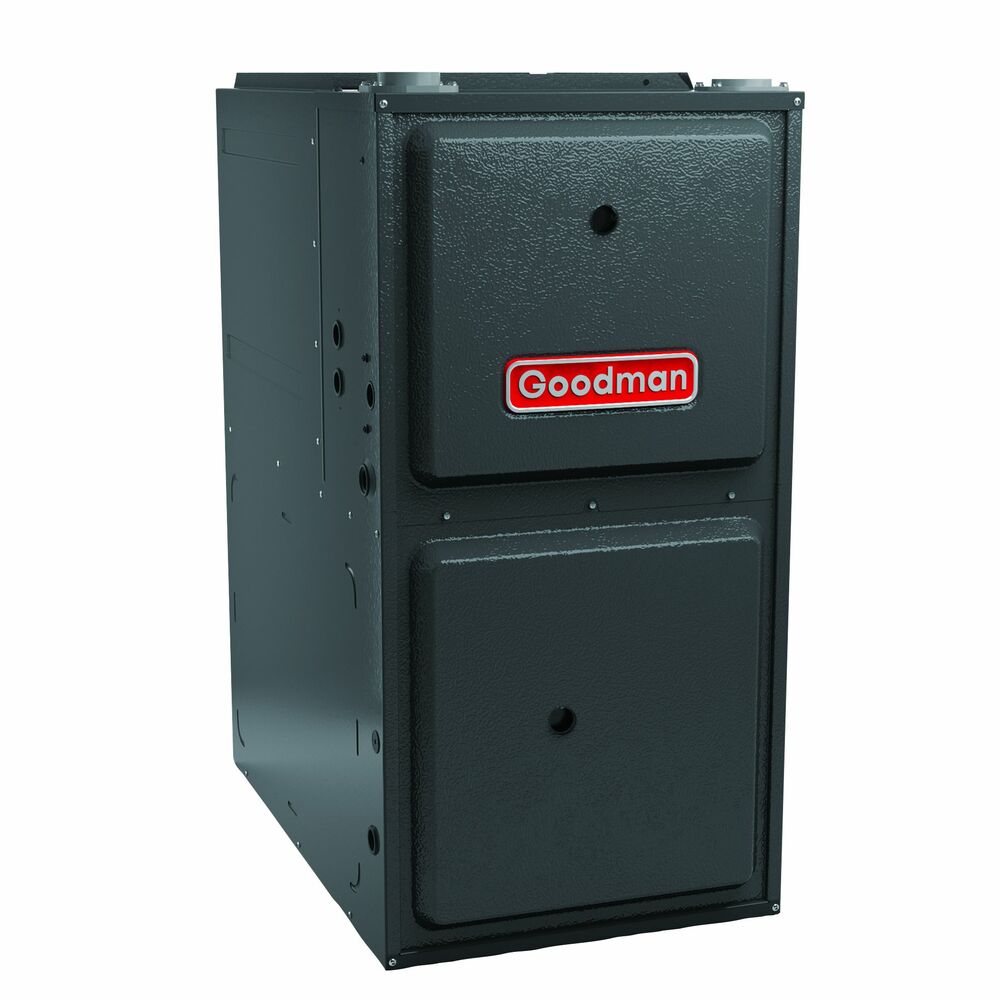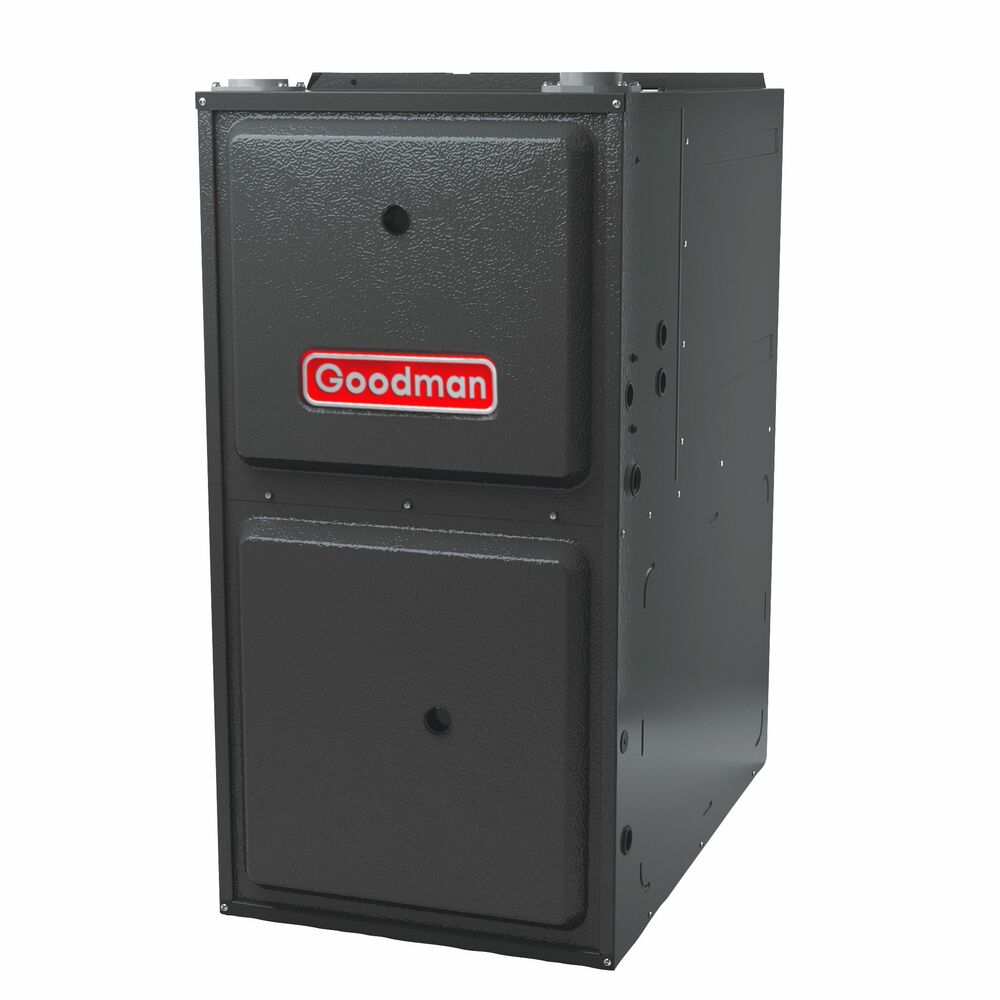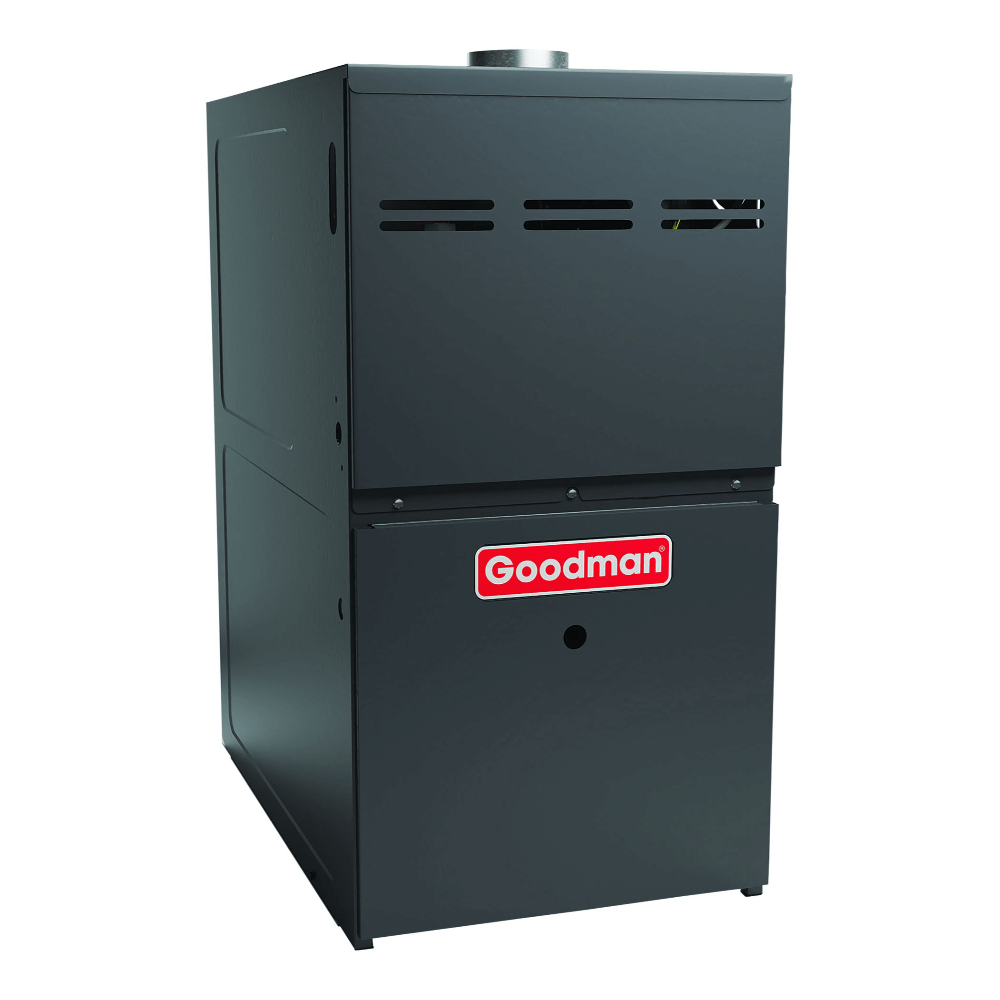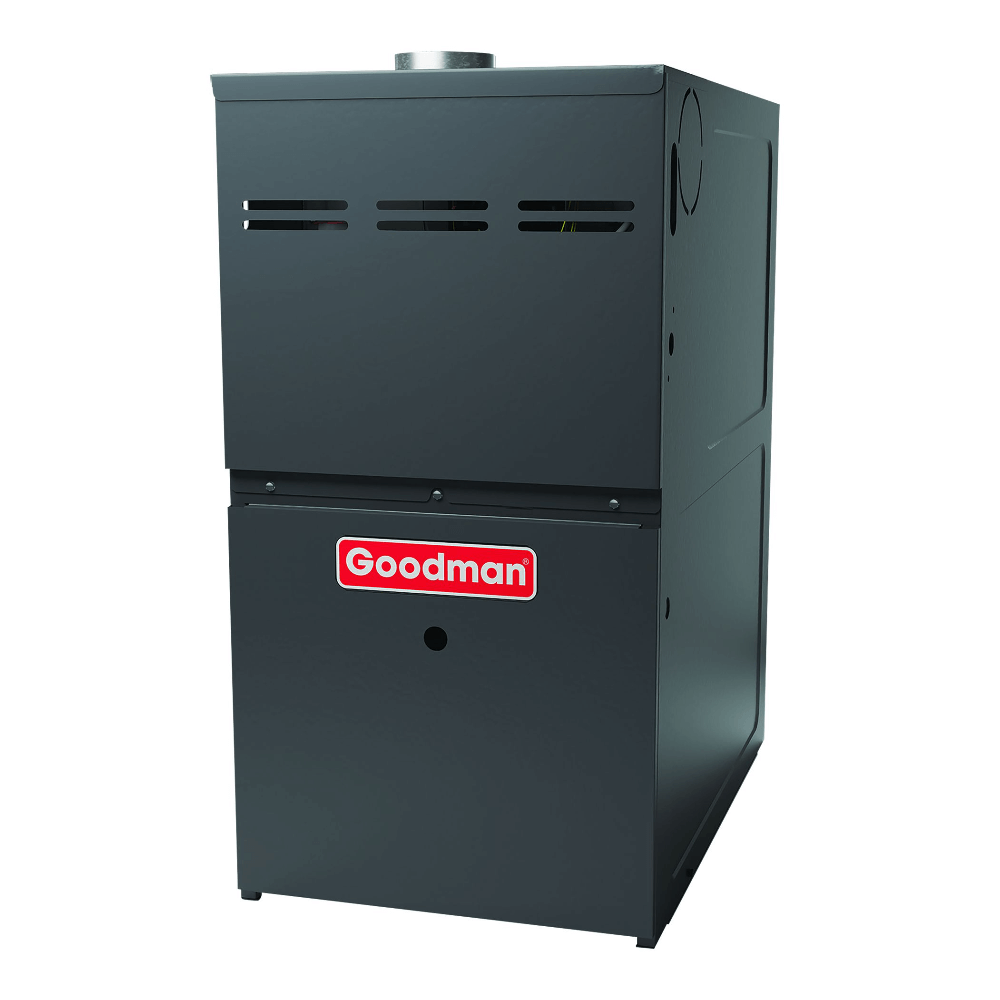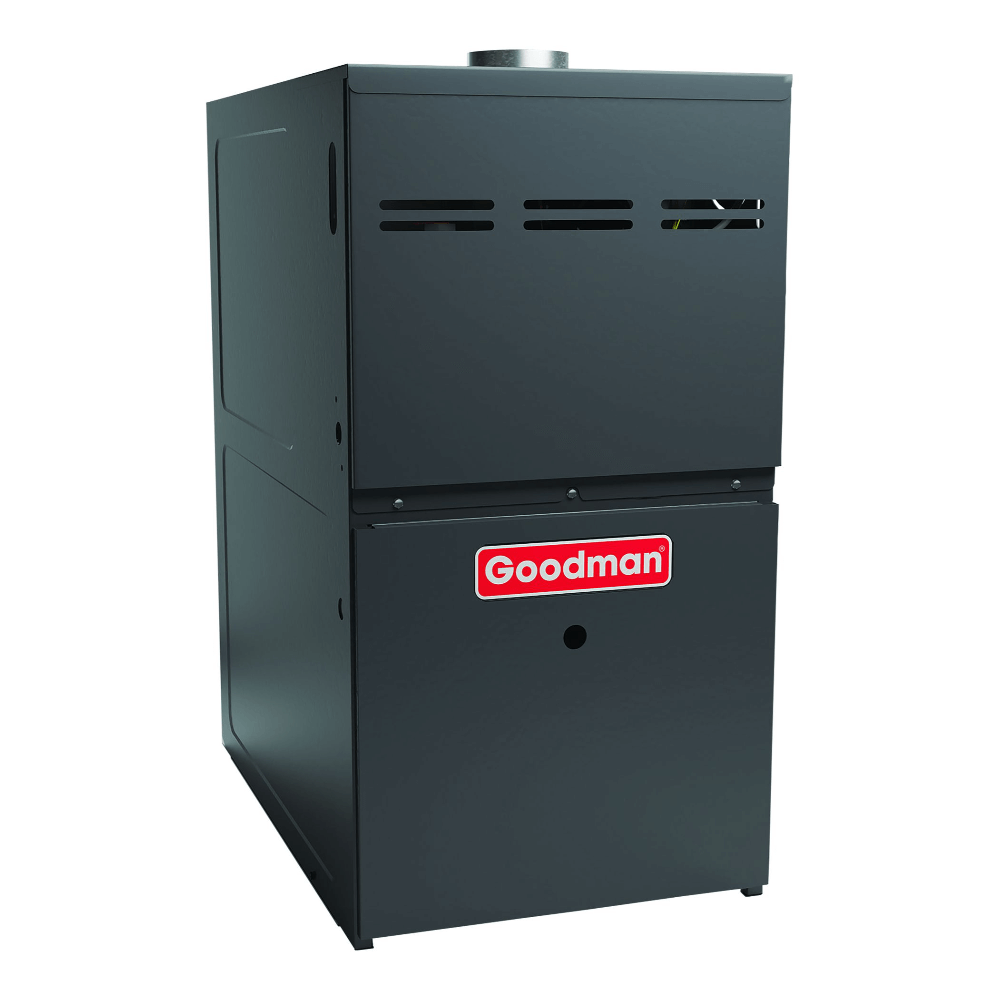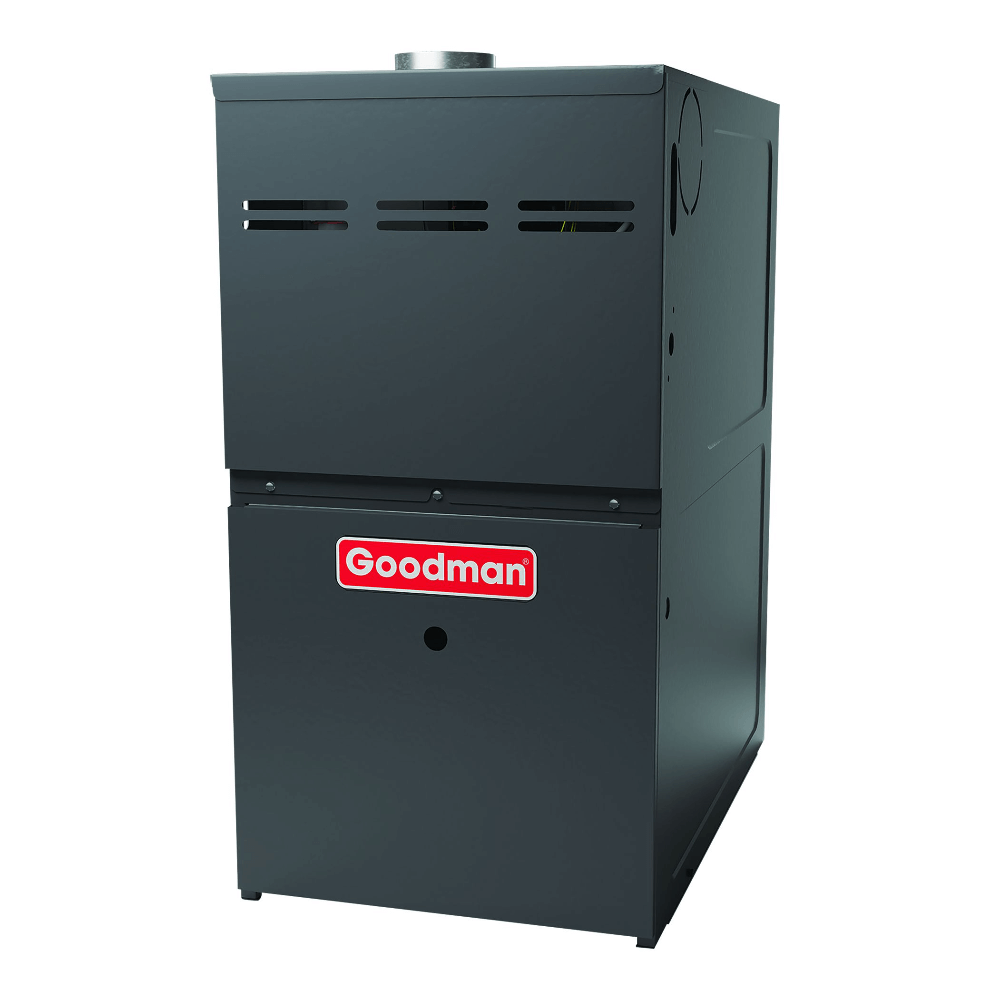Is your furnace not blowing hot air? It’s perplexing when your furnace stops producing heat but continues blowing air. Knowing what to do and where to begin can be challenging, especially if you are unfamiliar with furnaces.
There are multiple reasons that furnaces stop heating. A component may have failed, a setting has been changed, a part requires cleaning, or there is a fuel supply issue. What is a homeowner to do? You could schedule an inspection with an HVAC technician or run through our list of possible problems and fixes to get your furnace operating again.
How Does a Furnace Work?
What is a furnace, and how does it work? A furnace is a household appliance that generates heat, transfers heat to the air, and circulates the heated air throughout a house. Furnaces require an energy source to generate heat. Natural gas, propane gas, oil, and electricity are prevalent fuels.
Oil and gas furnaces ignite fuel in the burners to produce heat. Electric furnaces use heating elements that warm up when electricity is applied. The heat transfers to the air entering the furnace from the house’s return ducts. A blower fan in the furnace pushes the heated air through the home’s supply ducts and out of the heat registers.
12 Reasons Why Your Furnace Is Not Blowing Hot Air
Various issues can cause a furnace to stop heating but continue to blow air. Many of these twelve reasons can be corrected by a homeowner with little HVAC knowledge, though some issues require professional attention.
Thermostat Configuration
The thermostat controls your home’s temperature, and the blower fan. Someone might have changed a thermostat setting. First, ensure the thermostat switch is set to “heat” and not “cool.” Next, make sure the fan switch is set to “auto.” The “on” setting causes the fan to run constantly, and unheated air will blow from the vents between heating cycles. The fan will only run during heating cycles when it’s set to “auto.”
If the settings are correct, check if your thermostat has a battery. If so, replace it with a new one. Most thermostats are connected to the home's electrical system, but some contain a battery that must be changed when drained.
If the thermostat was installed recently, it might be wired incorrectly or incompatible with the HVAC system. Call an electrician or HVAC technician to assess and resolve the problem.

Find the Ideal Furnace for Your Home: View Our Products
Dirty Air Filter
The air filter traps contaminants from the home’s air before it enters the furnace. Dirty, clogged filters restrict airflow. This situation limits cold air entering the furnace from the return ducts, and the furnace won’t have sufficient air to heat. A dirty filter can cause a furnace to overheat and go into safety mode. During safety mode, the high-limit switch cuts off the burners when the furnace temperature gets too hot.
Changing the air filter might be enough to get your furnace operating correctly. Shut off the furnace with the switch that resembles a light switch on the side of the furnace. Remove the air filter, and replace it with a new one. Turn the furnace switch back on.
In the future, change the air filter regularly to avoid furnace problems. How often you should change the air filter varies, but generally, the filter should be changed every 30 to 90 days.
Faulty High Limit Switch
The high-limit switch measures the temperature of the air passing over the heat exchanger and shuts down the furnace if it overheats. Overheating typically results from poor airflow through the system due to a dirty filter. Frequent tripping of the limit switch can cause it to fail. An indication of a faulty limit switch is when the blower continues to run between cycles or cycles on and off.
Hiring a professional to deal with a faulty high-limit switch is best. The limit switch can be difficult for a novice to find and replace.
Clogged Condensate Line
The condensation from condensing furnaces drains away via the condensate line, a white PVC pipe that runs down the furnace’s outside and empties into a floor drain. If the condensate line is clogged, condensation accumulates in the drip pan and triggers the float switch. The float switch is a safety device that shuts down the furnace when the condensation doesn’t drain properly to prevent water from spilling over the drip pan.
The clog must be cleared from the condensate line to restore the furnace to working order. A homeowner can undertake this tricky maintenance task, but professionals have specialized tools to make the job easier.
- Turn off the power to the furnace by flipping the toggle resembling a light switch on the furnace or shutting off the breaker at the circuit breaker box.
2. Locate the white PVC pipe that exits the furnace and leads to the floor drain. Inspect the end of the pipe for debris, and remove it with a brush or other tool.
3. Remove the cap near the top of the pipe. Flush the line with equal parts white vinegar and hot water. Repeat the process several times if needed.
4. Restore power to the furnace.
Lack of Fuel
Different types of furnaces run on fuel or electricity. Gas furnaces won’t heat up if the gas supply has been shut off, the gas valve has been turned off or has seized, or the propane/oil tank is empty. Verify that there are no issues with your gas supply.
Electric furnaces won’t operate without electricity. Ensure the switch on the side of the furnace and the breaker switch are in the “on” position.
Leaky Ducts
Heat is lost, and cold air enters through openings in the ducts. Leaks occur when ducts become disconnected or cracked, or the metal tape peels away from old repairs. Call a professional to inspect and seal your ductwork thoroughly.
Flame Sensor Issues
The furnace flame sensor is a safety device that stops the gas supply to the burners if they don’t ignite. Flame sensors become coated with soot and carbon deposits because they extend into the burners’ flames. Dirty sensors are incapable of sensing flames.
Flame sensors are easy to remove and clean. Keep in mind that flame sensors have lifespans of about five years. The flame sensor might need replacing if the furnace doesn’t heat up after cleaning it.
Pilot Light Problems/Faulty Electric Ignition
Furnace pilot lights and electronic ignitions light furnaces’ burners. Furnaces manufactured before 2010 generally use pilot lights. Modern furnaces use electronic ignitions. A pilot light is a standing flame and can be blown out by a strong draft. Electronic ignitions can fail.
Relight the pilot if you know how to light a furnace or follow the owner’s manual’s instructions. If the pilot keeps going out, a dirty or faulty thermocouple might be the issue. Faulty electronic ignitions must be replaced.
Blocked Burner
The burners produce the furnace’s heat. They can become clogged by grime, inhibiting the fuel’s flow and preventing the burners from igniting. Cleaning the burners is a furnace maintenance task for handy people. Call a professional if you don’t feel capable.
Malfunctioning Gas Valves
A worn-out furnace gas valve or one coated in grime can cause the system to shut down. Call a professional to diagnose gas valve issues.
Cracked Heat Exchanger
A furnace heat exchanger is an essential component that transfers heat from the burning fuel to the air in the furnace. Cracked heat exchangers commonly cause the main limit switch to trip and shut down the furnace.
A cracked heat exchanger is a severe issue and poses the risk of carbon monoxide poisoning. It is recommended that you shut down your furnace until an HVAC professional inspects it. A cracked heat exchanger must be replaced.
Clogged Coil
The evaporator coil cools the air in your home when you run the air conditioner, but the air still passes through the coil when the furnace runs. Airflow is restricted if the coil is clogged by dirt and debris. Clean the evaporator coil, or hire a professional to tackle the job.

Find the Ideal Furnace for Your Home: View Our Products
Why Is My Furnace Not Blowing Hot Air?
Many issues can cause your furnace to blow cold air instead of hot air. It’s a good idea to investigate the problem before calling an HVAC service. Some issues have quick and easy solutions, such as changing a thermostat setting or the air filter. Your furnace could be operational in less time than it takes to call the professionals.
Unfortunately, issues like a cracked heat exchanger or a faulty high-limit switch require professional attention.We also recommend hiring an HVAC technician if you’re uncomfortable performing any of the tasks we’ve suggested.

